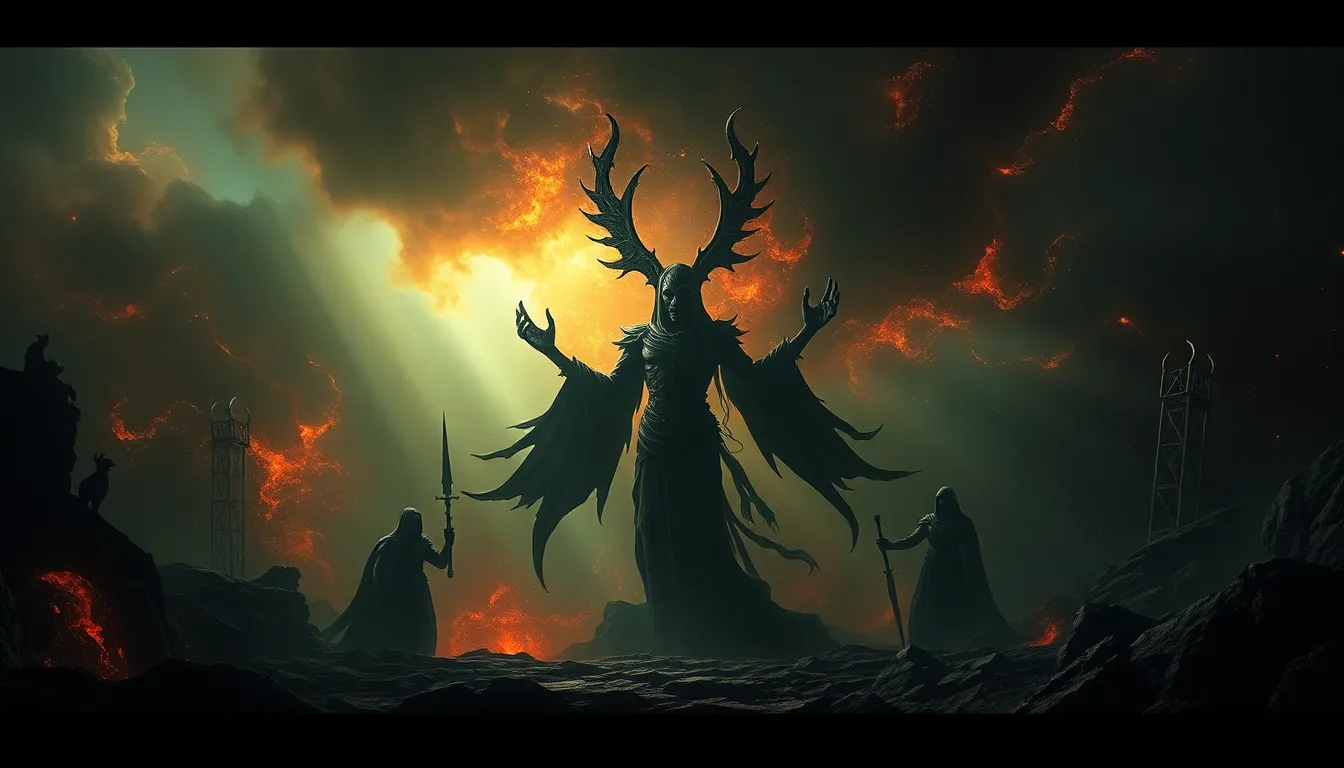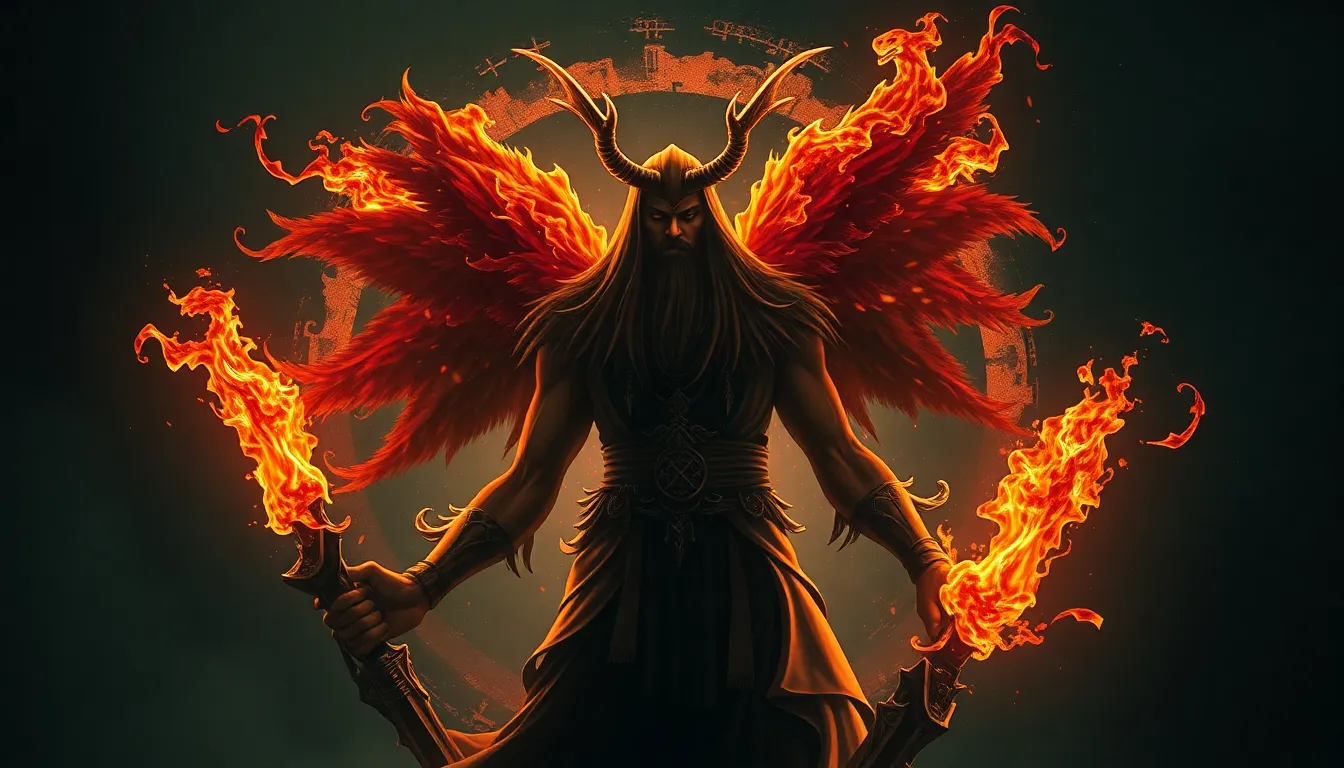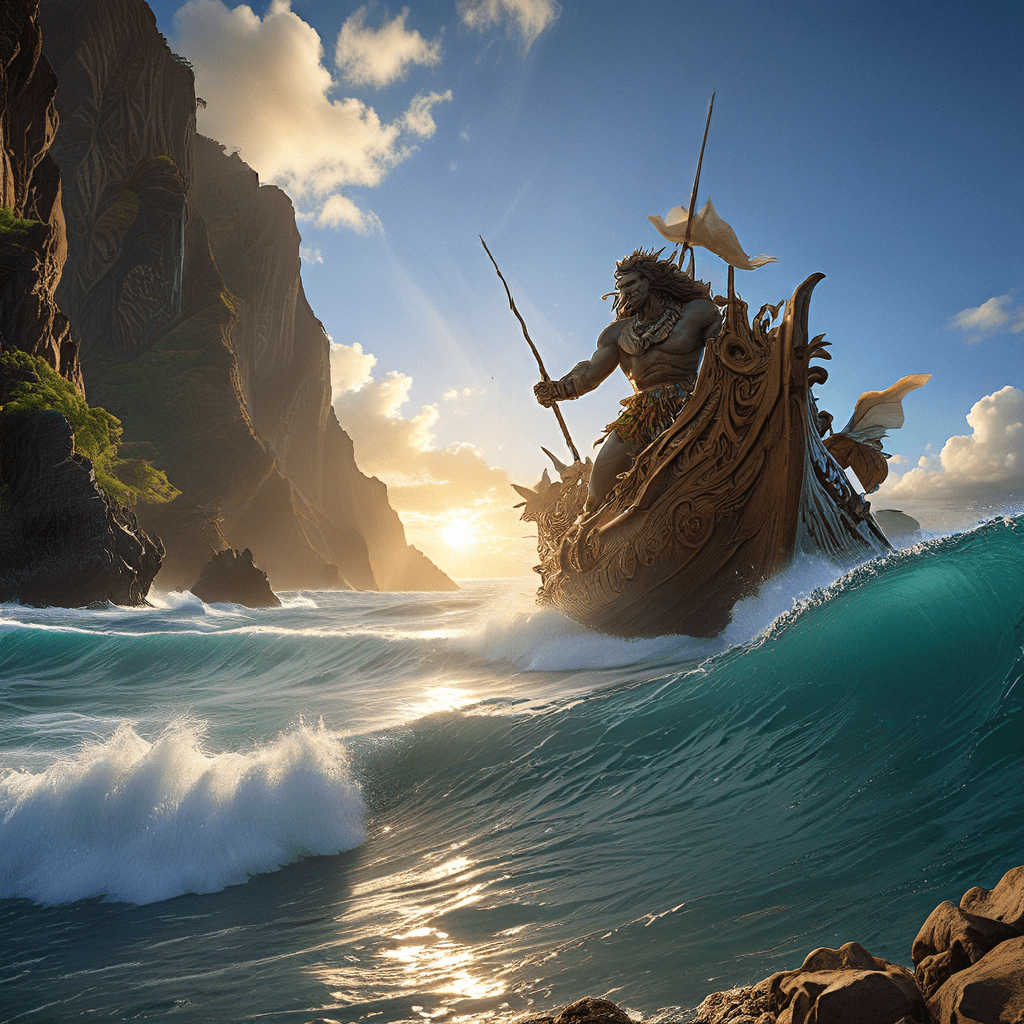Death and the Underworld: Myths That Challenge Our Beliefs
Introduction: The Significance of Death in Human Culture
Death is a universal experience that transcends cultures and epochs. Every human being, regardless of their background, faces the inevitability of mortality. This shared reality has led to the development of various myths and narratives that seek to explain the meaning and significance of death. Myths play a crucial role in shaping our beliefs about death and the afterlife, providing frameworks through which individuals and communities can interpret their experiences of loss and mortality.
Understanding Myths: Definitions and Functions
Myths can be defined as traditional stories that serve to explain natural or social phenomena, often involving supernatural beings or events. They are integral to the cultural fabric of societies, offering insights into the values, fears, and hopes of the people who tell them. Myths address existential questions, particularly those related to death, by providing narratives that help individuals make sense of their mortality and the unknown that follows.
Cultural Perspectives on Death and the Afterlife
Different cultures have developed various beliefs about death and what lies beyond. Here is a comparative analysis of some of these beliefs:
- Heaven and Hell: Found in many Abrahamic religions, including Christianity and Islam, these concepts present a dualistic view of the afterlife where souls are rewarded or punished based on their earthly lives.
- Reincarnation: In religions such as Hinduism and Buddhism, death is seen as a transition rather than an end, with souls being reborn in new forms based on karma accumulated in previous lives.
- Oblivion: Some philosophical perspectives, such as materialism, assert that consciousness ceases to exist after death, leading to the notion of oblivion or nothingness.
These varied perceptions reflect the diversity of human thought regarding existence beyond death and highlight the significance of cultural context in shaping these beliefs.
Ancient Myths and Their Influence on Modern Beliefs
Ancient civilizations left behind rich mythologies that continue to influence contemporary views on mortality. For example:
- Greek Mythology: The Greeks believed in an afterlife governed by Hades, where souls would reside based on their earthly actions. This mythological framework has permeated Western thought and literature.
- Egyptian Mythology: Egyptians held a complex view of the afterlife, emphasizing the judgment of the soul by Osiris and the journey through the Duat, which has influenced modern spiritual beliefs about judgment and the afterlife.
- Mesopotamian Mythology: The Sumerians envisioned a gloomy underworld ruled by Ereshkigal, reflecting a more pessimistic view of death that contrasts with the more hopeful depictions found in other cultures.
These ancient myths provide a foundation upon which many contemporary beliefs about death and the afterlife are built.
The Underworld: Depictions Across Cultures
The concept of an underworld exists in various mythologies, often symbolizing a realm where souls reside after death. Here are some notable depictions:
- Hades: In Greek mythology, Hades is both the name of the god of the underworld and the realm itself, characterized by its separation from the world of the living.
- Duat: The Egyptian underworld, Duat, is a complex landscape filled with trials that souls must navigate to reach the afterlife.
- Hel: In Norse mythology, Hel is a realm for those who did not die in battle, ruled by the goddess Hel, representing a more neutral perspective on death.
These underworlds serve multiple functions, including the moral evaluation of life choices and the exploration of themes like fear, acceptance, and the unknown.
Mythical Figures and Their Roles in Death Narratives
Mythological figures often personify attitudes towards death and the afterlife. Key figures include:
- Charon: The ferryman of Hades, Charon transports souls across the river Styx, symbolizing the transition from life to death.
- Anubis: The Egyptian god of the afterlife, Anubis is depicted as a protector of graves and guide for souls, embodying the importance of proper burial rites.
- Yama: In Hindu mythology, Yama is the god of death who oversees the judgment of souls, representing the moral dimension of life and death.
These figures illustrate the diverse cultural attitudes towards death, ranging from fear and reverence to acceptance and understanding.
Challenges to Beliefs: Myths That Disrupt Traditional Views
Some myths challenge conventional beliefs about death, offering alternative perspectives. For instance:
- Cycle of Life and Death: Many indigenous myths emphasize the cyclical nature of existence, suggesting that death is merely a part of a larger cycle rather than an endpoint.
- Trickster Myths: Figures such as Loki in Norse mythology challenge the straightforward narratives of death and the afterlife, introducing ambiguity and complexity to the understanding of mortality.
These disruptive myths encourage individuals to question and reassess their beliefs regarding death, promoting a more nuanced understanding of existence.
The Psychological Impact of Death Myths on Individuals
Myths about death can have profound psychological effects, providing both comfort and fear. On one hand, they can:
- Offer solace by framing death as a transition rather than an end.
- Help individuals cope with grief through shared narratives and communal rituals.
Conversely, certain myths can provoke anxiety by emphasizing judgment or punishment in the afterlife, leading to existential fears. The storytelling aspect of myths plays a crucial role in how individuals process their feelings about death and loss.
Modern Interpretations of Death Myths
Contemporary culture often reinterprets ancient myths in various forms, including literature, film, and art. For example:
- Films like “The Seventh Seal” explore existential themes through the lens of traditional death myths, prompting audiences to confront their mortality.
- Literature, such as the works of Neil Gaiman, often incorporates mythological elements to discuss life, death, and the afterlife in innovative ways.
These modern interpretations keep the conversation about mortality alive, demonstrating the ongoing relevance of ancient narratives in today’s society.
Conclusion: Death, Myths, and the Human Experience
Myths play a fundamental role in shaping our understanding of death, offering frameworks that help us navigate the complexities of mortality. From ancient tales to modern retellings, these narratives continue to influence our beliefs and behaviors surrounding death. As we explore and engage with these myths, we gain insights not only into our cultures but also into the shared human experience of grappling with the ultimate mystery of life: death.



